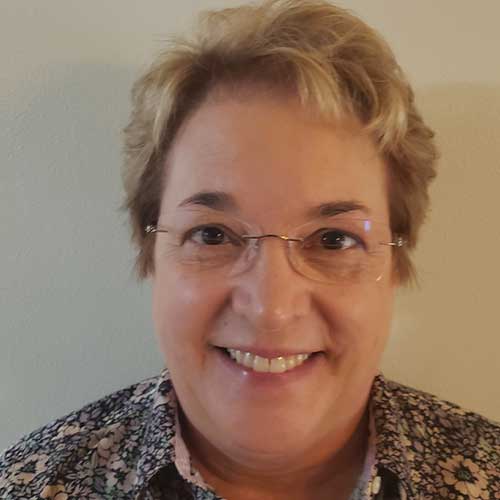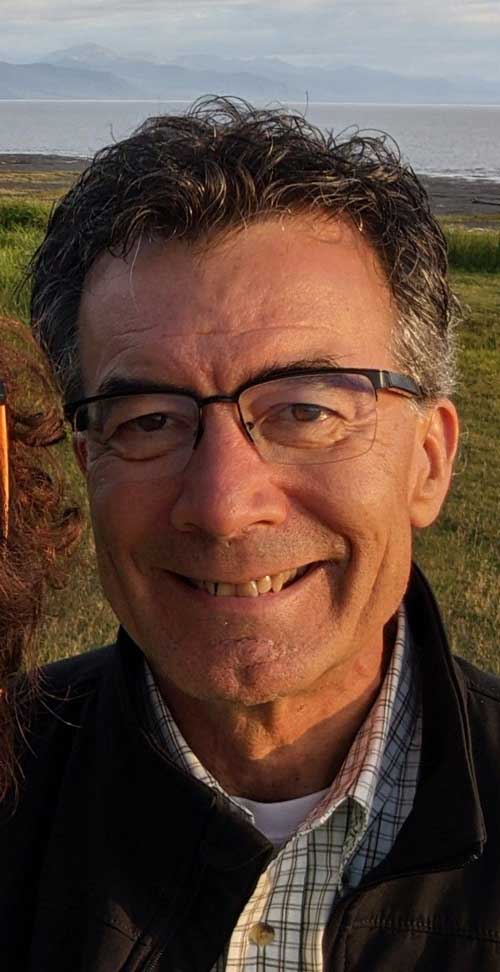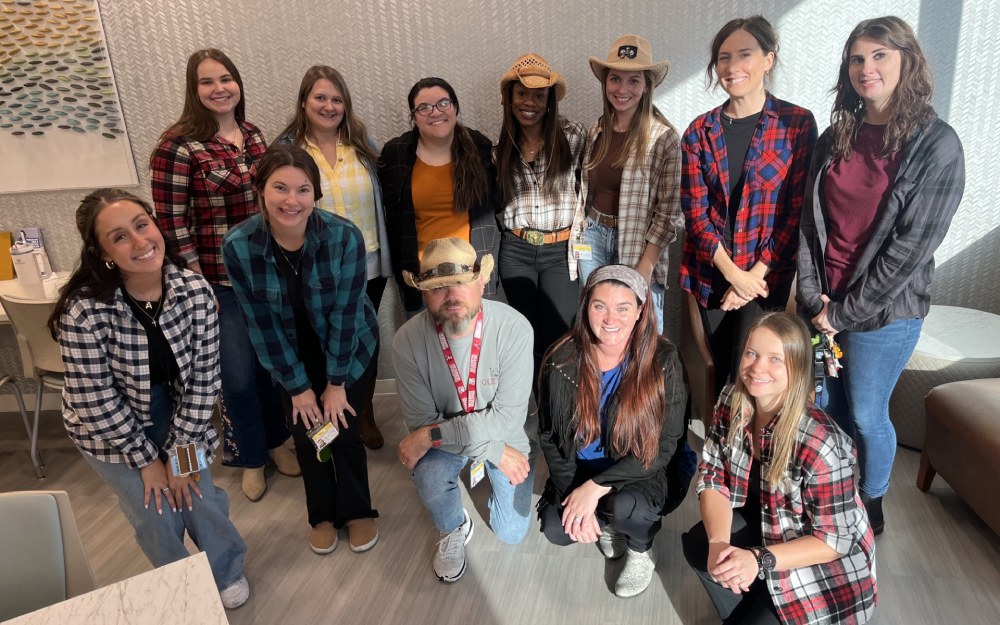
Oconomowoc residential float team improves handoff communication to ensure patients receive quality care
10/17/23 04:30:pm
Earlier this year during a huddle, her team shared a problem that they were eager to solve.
“They said oftentimes when they provide coverage, they aren’t getting enough handoff information, and sometimes no information, and that was impacting their ability to do a high-quality job and ensure a smooth transition for the patient,” says Jonna. “They asked if they could design something that the core staff could use to tell them what needed to be done so they could step in, take care of the patient effectively, and step back out.”
Jonna’s team created a task force for behavior specialists and another one for therapists to brainstorm the information they needed to revamp an existing standard work template that would be easy for everyone to use. Once the taskforces provided their recommendations, the entire team reviewed and approved.
“Engaging my team and having them take the lead was important,” she says. “They’re invested and know what they need because they’re the boots on the ground. It was an exercise for me to empower them.”
Jonna took steps to implement the templates across the residential programs by sharing with managers during her Tier 4 meetings.
The result was a consistent and steady decrease in handoff communication errors. Starting in January, handoffs were 80% incomplete. In seven months, the team was able to drive that down to 25%.
“We were watching for trends,” she says. “We discussed barriers in our huddles and tracked why we weren’t getting handoff communication when that occurred. We discovered the main issues were when staff called in sick or when we were working with a new employee who had yet to be trained on the importance of the template and how to use it.”
The team continued to work on solutions. Jonna called managers to follow up when the template wasn’t being used and the team created a countermeasure for when staff called in sick and, due to short notice, there would likely not be handoff communication.
“The team created a shorter version of the template,” she says. “Since I receive the calls for coverage, I ask if the person is okay with a one to two minute phone call from the float team member who is covering so they know the patients’ needs.”
Jonna says it’s a win-win for all involved.
“We continue to see improvement and my team is able to get the information they need to hit the ground running,” she says. “We took the guess work out of it.”

“My role was coaching, developing, and encouraging the team, asking, ‘Why is the problem occurring?’ and ‘What can we do today to eliminate it?’,” says Kent. “I worked with Jonna to hold the team accountable to the process they said they wanted to follow and to solve problems as it was implemented.”
Kent says he’s humbled, proud, and excited with the results the team achieved and their engagement.
“They were very disciplined and it’s something for everyone to take notice of,” he says. “Jonna worked with her team to develop the standard work, train on it, follow it, and stay after it with the huddles. Every day they asked, ‘Did we achieve what we wanted? If not, what is the problem?’ They kept at it and were able to make significant improvements every couple of months.”
Kent credits the team’s tenacity, discipline, and Jonna’s leadership.
“If you leverage your huddles, follow standard work, and make problems and countermeasures visible daily, you can make improvements in whatever issues you face,” he says.
Jonna is quick to give her team all the credit.
“They’ve done a fantastic job solving the problem,” she says. “And the bottom line is, there is better care for the patients who are getting what they need. My advice to other managers is to give your team the opportunity to discern the problem and come up with a solution. They will take it and run with it. My team felt empowered and like they could make a difference.”

“The team felt very supported by Jonna, who was always there to provide feedback,” says Gina. “I learned how empowering it is to take a project and be able to be in the driver’s seat, and I really enjoyed that. The why behind the project is patient care because we are impacting lives. If we can improve communication between float staff and core staff then we’re going to have better outcomes.”






